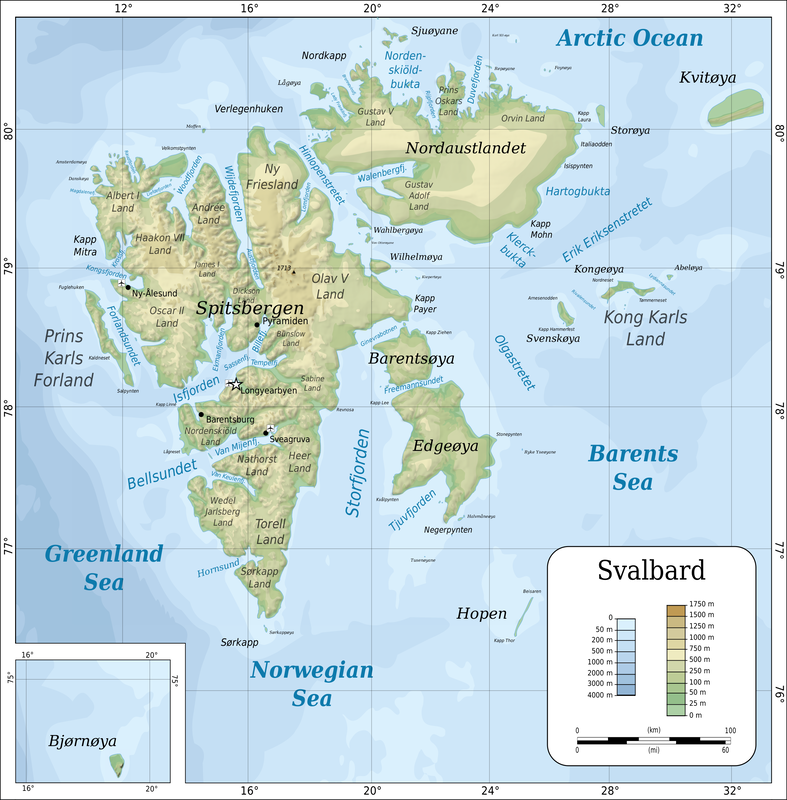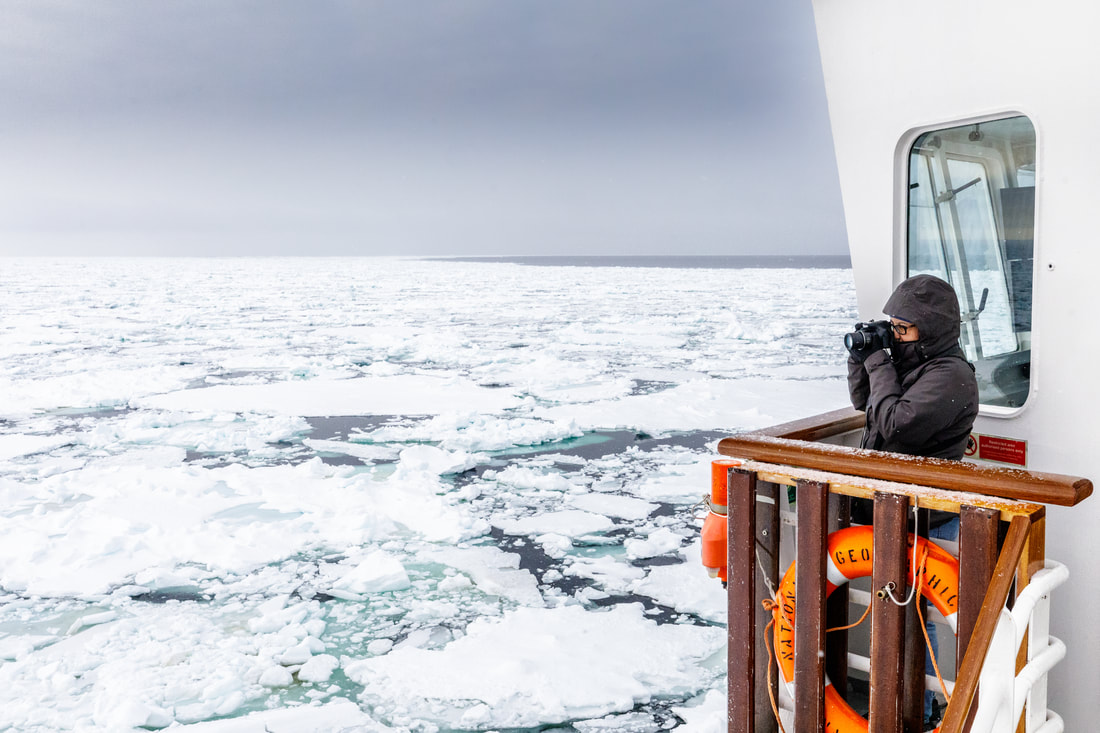|
Written sometime in September & posted on 11/18/18 Svalbard is a Norwegian archipelago situated between the mainland of Norway and the North Pole. In 2016, population of Svalbard was 2,667, with over 2,000 residing in the small, northern town of Longyearbyen. (Fun fact: there are approximately 3,000 polar bears in Svalbard!) The infrastructure of Longyearbyen was built primarily because of coal mining, and while mining remains a major industry, tourism and research also play a part in the economy of Svalbard. Thanks to fellow passenger Pete Benoit for this list of facts about Longyearbyen:
We spent just a few hours in Longyearbyen, getting a few glimpses of how geography shapes life in this remote place before boarding the National Geographic Explorer. Click through the slideshow to read about my day in Longyearbyen!
0 Comments
Leave a Reply. |
AuthorAs a Grosvenor Teacher Fellow, I traveled to Svalbard in May 2018! Thanks to Lindblad Expeditions and National Geographic for supporting teachers and encouraging us to be explorers. Author's Note
Some of the text shared here was written in my journal or through social media posts while I was on expedition.
But much of the writing shared here was written in the months following my return home. I had this idea that I would embark on my journey and, in real time, reflect and write and create blog posts and videos and online albums and photo books and postcards. I had fantasies of sitting in the ship's library with my pen and notebook, collecting and composing what I'd seen and experienced and manifesting deep, profound thoughts. Yeah. That didn't happen. My experience was so intense, so surreal, that I had difficulty finding adequate words to describe it all. Silly, inconsequential, and unsatisfying words were all I had - great, amazing, unbelievable, incredible. At the end of each day I would try. After dinner, somewhere between 10pm and midnight, I'd make my way up to the library to write. But I would get distracted. The large, glorious, gorgeous windows were too inviting and each moment was unique. The clouds were shifting, the water was moving, the ship was in motion, the ice upon the water was drifting. Each and every moment was unique. My eyes were up and wide open. I was outside on the deck feeling the cold air and the lightly falling snow on my face. Or I was sitting on the bridge, snuggled in warmth, with a pair of binoculars looking looking looking. Oh, I tried to shift my thinking to writing something more than a bulleted list, but I just couldn't pull it off. To put it simply, I couldn't focus. I coined my condition Wonder-Induced ADD. It is a beautiful affliction to have. ArchivesCategories
All
This blog is dedicated to my aunt, Tina Chavez, who is always my biggest fan and supporter. When I told her about my expedition to the Arctic, she asked, "So, when do you go on the Polar Bear Express?"
She also told me to run fast from the polar bears, but naming this blog "Run, Jen, Run!" isn't as charming as calling it "The Polar Bear Express." |


 RSS Feed
RSS Feed